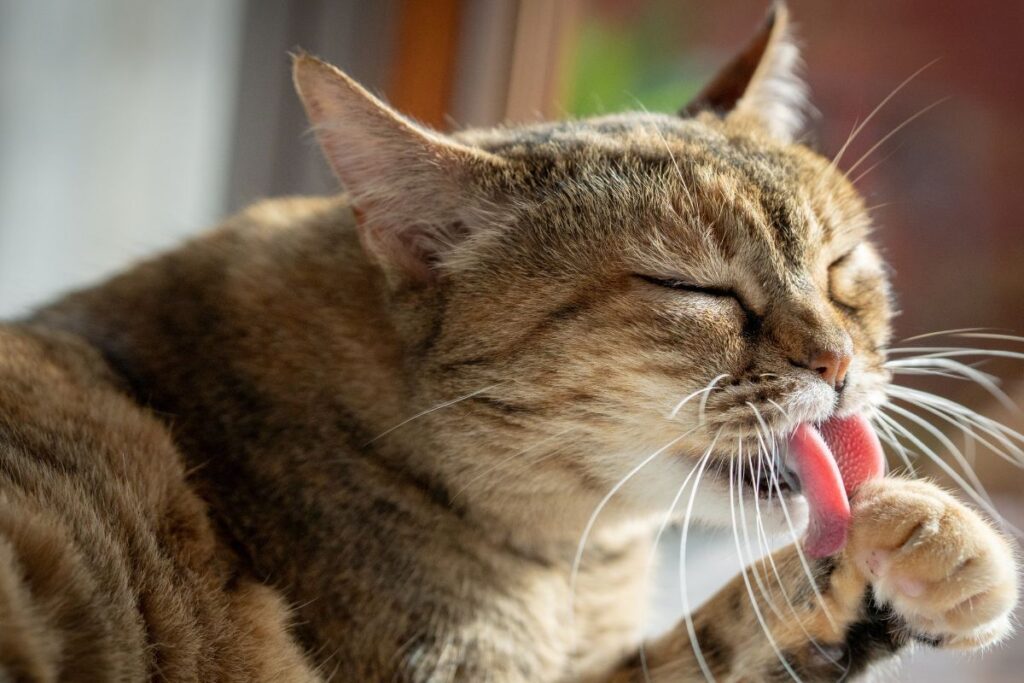Most cats take great pride in their appearance, spending nearly half of their waking hours grooming themselves. While cats are naturally independent and capable of keeping themselves clean, they still benefit from your help. Grooming your cat is a key part of caring for their overall health, appearance, and well-being. It’s also an opportunity to bond and check for any signs of health issues. Below are the essential aspects of cat grooming, when to step in and how to do it.
1. The Benefits of Cat Grooming
Grooming offers more than just making your cat look beautiful. Regular grooming helps stimulate their circulation, improves muscle tone, and smooths down their fur for better insulation.

The glands at the base of their coat are also stimulated during grooming, helping to waterproof the fur and evenly distribute protective oils. Additionally, during hot weather, grooming helps keep your cat cool as they spread saliva over their body.
2. How Cats Groom Themselves
Cats use their rough tongues, covered in tiny bristles, to clean themselves. These bristles act much like a hairbrush, combing out dirt and loose fur. As cats groom, they may swallow loose hairs, which sometimes leads to fur balls.

This is completely normal, but helping your cat with grooming, such as with a gentle brush, can reduce shedding and minimize fur balls.
3. When to Help With Cat Grooming
It’s best to start grooming your cat from an early age so that it becomes part of their routine. Kittens, while curious, may find themselves in messy situations and may need extra cleaning help. As cats age, they may become stiff and unable to reach certain areas during grooming, making your assistance even more important.

Regular grooming throughout their lives helps build a strong bond between you and your cat. Shorthaired cats usually only need a brief weekly brushing, while longhaired cats require daily grooming to avoid matting, knots, and excessive fur ball buildup.
4. How to Groom Your Cat
Grooming your cat can be a quick or lengthy process depending on their breed and hair type. Make sure you have the appropriate grooming tools and a designated area for grooming.

Key tasks include brushing your cat’s fur, checking and trimming their claws, brushing their teeth, bathing them as needed, and cleaning their ears. Ensuring you have the right equipment will make the process easier and more enjoyable for both of you.
5. Grooming a Kitten
When bringing home a new kitten, it’s common to wonder when to start grooming. The sooner you begin, the better. Establishing a grooming routine early helps your kitten get used to being handled and builds trust.

Starting young also makes it easier for them to accept grooming as a regular part of life as they grow older.
6. Why Cats Overgroom
Cats may overgroom due to stress or environmental changes. This behavior can lead to skin irritation, sores, or hair loss, and in severe cases, your cat may start biting at their skin.

Overgrooming can also result in excessive hair swallowing, leading to hairballs. Regular grooming, especially during shedding seasons, can help reduce the chances of overgrooming and keep your cat comfortable.







